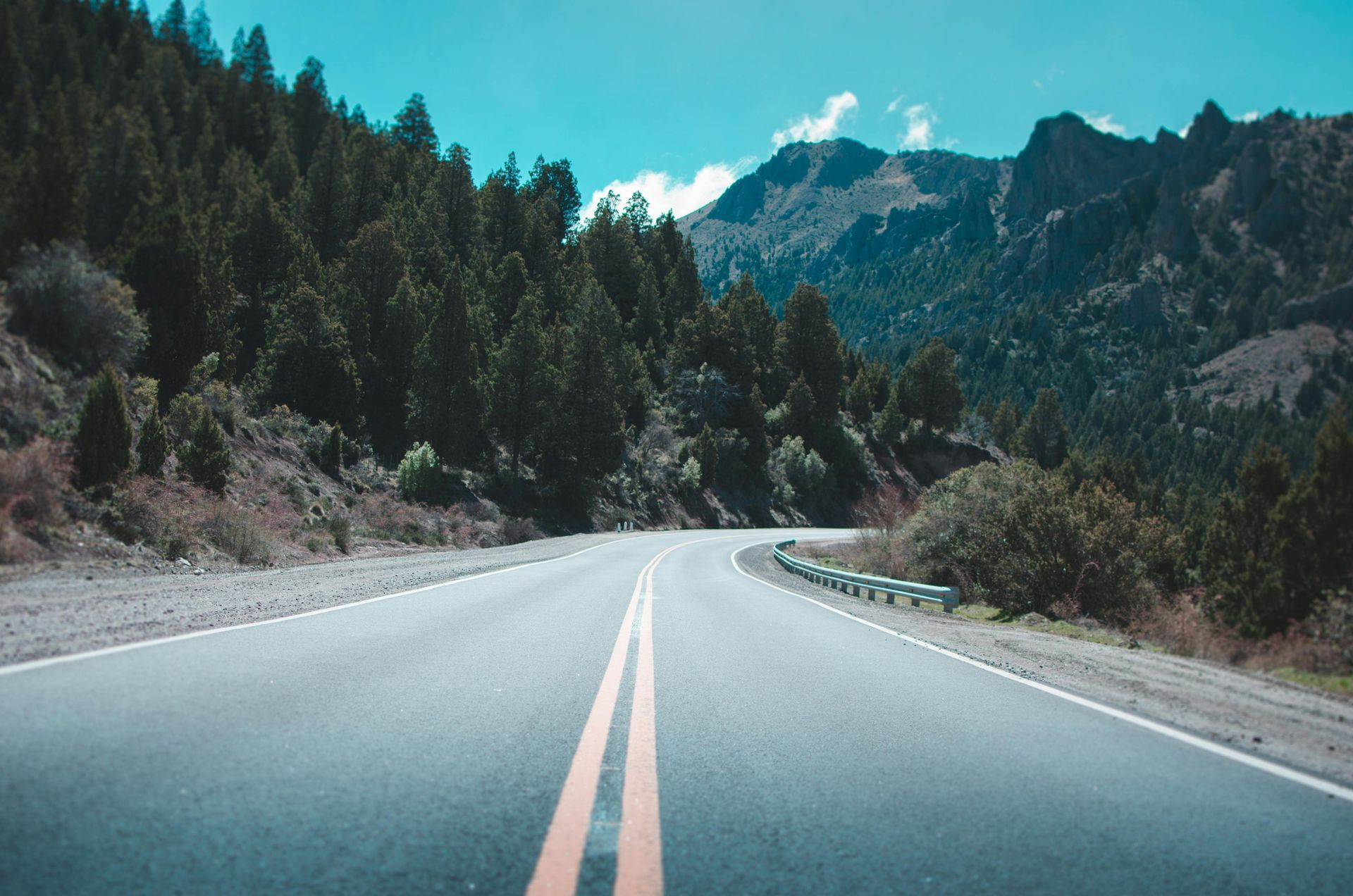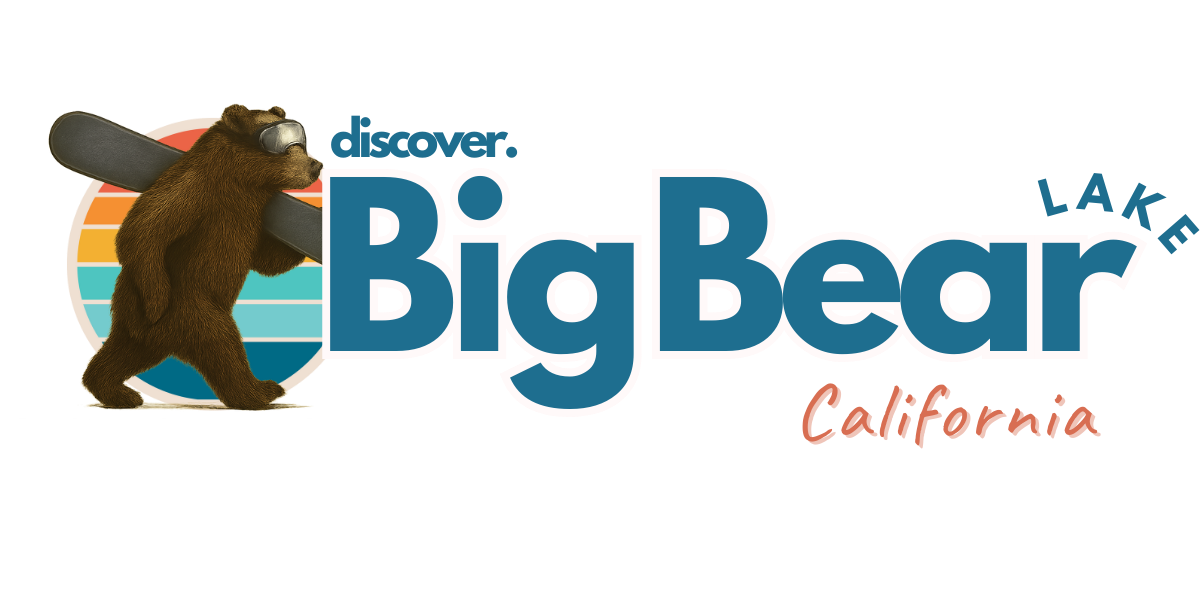Article
Directions to Big Bear Lake: Best Routes & Road Tips
By Discover Big Bear Lake • October 20, 2025

Big Bear Lake sits high in the San Bernardino Mountains, about 100 miles northeast of Los Angeles. It’s a beautiful alpine drive, but mountain roads can be winding, steep, and busy on weekends — so it’s important to plan your route before you go.
Whether you’re driving from Los Angeles, San Diego, or the desert, here’s how to get to Big Bear safely and efficiently.
Main Routes to Big Bear Lake
There are three main highways that lead up the mountain, plus a fourth alternative for winter or high-traffic days. Each offers its own scenery and driving experience.
Highway 330 → Highway 18 (from San Bernardino)
Best route for most visitors
- From: Los Angeles, Orange County, Inland Empire
- Approx. drive time: 2–2.5 hours
- Route: Take I-210 East → Highway 330 North → Highway 18 East → Big Bear Lake
- Features: Scenic mountain drive, most direct route, well-maintained
- Watch for: Heavy weekend traffic and occasional chain control in winter
➡️ Tip: This is the most popular and quickest way to Big Bear, but it’s also the most congested on Fridays and Sundays.
Highway 38 (from Redlands)
Best for avoiding traffic or in snowy weather
- From: Los Angeles, San Diego, Palm Springs area
- Approx. drive time: 2.5–3 hours
- Route: Take I-10 East → Highway 38 North through Mentone → Onyx Summit → Big Bear
- Features: Beautiful forested drive with less traffic and smoother curves
- Watch for: Longer drive but safer in winter storms due to lower grade roads
➡️ Tip: Highway 38 is often recommended during snowstorms or when Highway 330 is congested or closed.
October 2025 Update: Highway 38 is temporarily closed due to mudslides from a recent storm. There is currently not an expected opening date.
Highway 18 (from Lucerne Valley / High Desert)
Best route from the desert or north side
- From: Victorville, Apple Valley, Barstow
- Approx. drive time: 1.5 hours
- Route: Take Highway 18 West → Climb through Lucerne Valley → Arrive in Big Bear City
- Features: Great desert-to-mountain views, less traffic, wide lanes
- Watch for: Steeper grades near the top and occasional icy spots in winter
Highway 18 (from Running Springs)
Connector route between mountain towns
If you’re coming from Lake Arrowhead or Running Springs, take Highway 18 directly east into Big Bear Lake. This is a beautiful drive through the forest and takes about 40 minutes.
Winter Driving and Chain Requirements
In winter, California law requires snow chains to be carried in your vehicle when traveling in mountain regions — even if you have 4WD or AWD.
When chain controls are in effect, you’ll see checkpoints along the highway. Always obey Caltrans signs and check road conditions before you leave.
- Road Conditions: Caltrans QuickMap
- Weather Updates: Big Bear Weather Forecast
- Chain Requirements: Typically November–April, depending on storms
➡️ Tip: Carry chains, gloves, a flashlight, and warm clothes — mountain weather changes fast.
Distance and Drive Times to Big Bear Lake
- From Los Angeles:
About 100 miles via Highway 330 → Highway 18.
Drive time is approximately 2 to 2.5 hours, depending on traffic and weather. - From San Diego:
Roughly 150 miles using I-15 → I-215 → I-10 → Highway 38 through Redlands.
Expect a 3-hour drive under normal conditions. - From Palm Springs:
Around 90 miles via I-10 → Highway 38.
The drive takes about 2 hours, offering scenic desert-to-mountain views. - From Victorville or the High Desert:
Approximately 60 miles using Highway 18 through Lucerne Valley.
Plan for about 1.5 hours of drive time. - From Las Vegas:
About 200 miles via I-15 South → Highway 18.
Drive time is typically around 4 hours.
Travel Safety and Scenic Tips
- Take it slow — the roads are winding and elevation climbs quickly.
- Pull over at scenic turnouts for views and to let faster cars pass.
- Drink water to adjust to the 6,700+ ft elevation.
- Check for wildlife crossings, especially at dawn and dusk.
- Be prepared for fog at anytime
- Carry Chains in the Winter
If you’re driving during or after a snowstorm, allow extra time and keep your headlights on. Cell service can be spotty in canyons — download maps before you go.
Final Thoughts
The drive to Big Bear Lake is part of the adventure — whether you come through the pine forests of Highway 38 or the winding switchbacks of Highway 18, the mountain views are spectacular.
Plan ahead, check road conditions, and enjoy the ride. Once you reach the top, you’ll be rewarded with crisp alpine air, lake views, and that unmistakable Big Bear charm.

